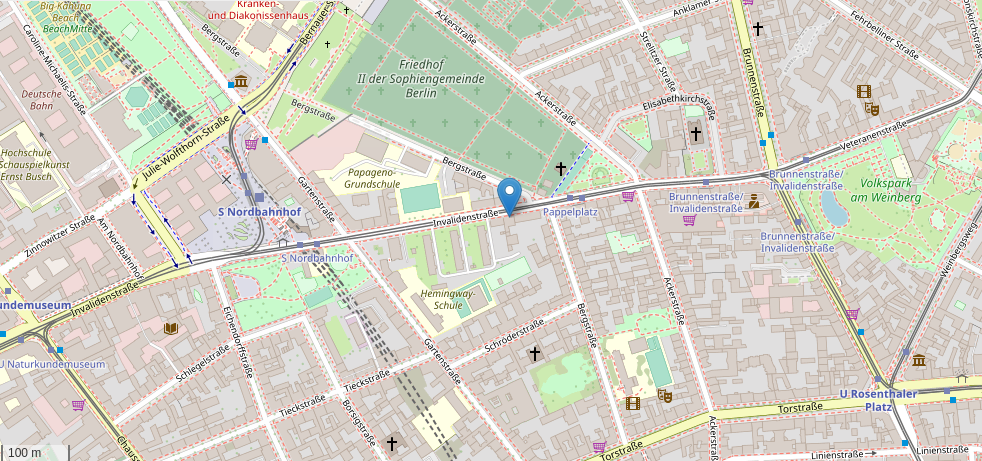Hito Steyerl

“Duty Free Art”
(2015)
Duty Free Art consists of the documentation of a prerecorded lecture of Steyerl’s, in which the proliferation of free-trade zones and Freeport art storage are connected with the international art market and the Syrian Assad regime. Using WikiLeaks documents, the artist shows the Louvre, the British Museum, and architect Rem Koolhaas as implicated in the planning towards a new art institution in Syria, and considers the complexities in the relationship between the national museum and the nation state.
Hito Steyerl
German, born 1966
“Art is rather powerless… on the level of what it shows. It is more powerful on the level of how it shows.” -Hito Steyerl
Artist, theoretician, and educator Hito Steyerl has wondered, “Are people hidden by too many images? . . . Do they become images?” To make sense of global, digital, networked life, Steyerl integrates communications media into cinematic installations, blending documentary film techniques, speculative fiction, and first-person narrative. “There is a very valid reason for artworks about ‘real’ events to be more interesting than generic news reports,” she has said. For her, that reason is an artist’s ability to closely observe the world as it is, and at the same time assert how “things could be different.”
Documentary and speculative film are integrated in her video November (2004). Steyerl examines the 1998 disappearance and death of her friend, sociologist Andrea Wolf, who was arrested during a battle for Kurdish independence from Turkey. Intercutting a martial arts film the pair made as teens with news footage, Steyerl shows Wolf as the fighter she portrayed, and who in death exists only as memory and image.
Steyerl studied filmmaking in Germany and Japan, then earned a philosophy PhD in Vienna. The cinematic and the philosophical are deeply intertwined in her influential essay “In Defense of the Poor Image.” Articulating the communicative power of “images based on cell phone cameras, home computers, and unconventional forms of distribution” characterized by “collective editing, file sharing, or grassroots distribution circuits,” Steyerl argues for the democratic, subversive potential of this anonymous, low-quality, high-circulation information.
Steyerl’s interest in visibility and disappearance is taken to an absurd extreme in How Not to Be Seen: A Fucking Didactic Educational .MOV File (2013). Satirizing instructional videos through a blend of analog and digital media, the artist demonstrates practical and comical ways to maintain privacy in an age of high visibility.
In more recent works Steyerl examines the flow of money and power through the global economy. Liquidity, Inc. (2014) looks back at the 2008 financial crisis, telling the story of a financial analyst through the metaphor of water. Projected on a curved wooden viewing platform, the work is intended to create the feeling of riding a battered raft or experiencing financial instability.
In her ongoing practice, Steyerl mobilizes contemporary media to do “what art…is best at: look, listen, and interpret with precision, imagine without compromise or fear.”
More at: www.moma.org/artists/43752

